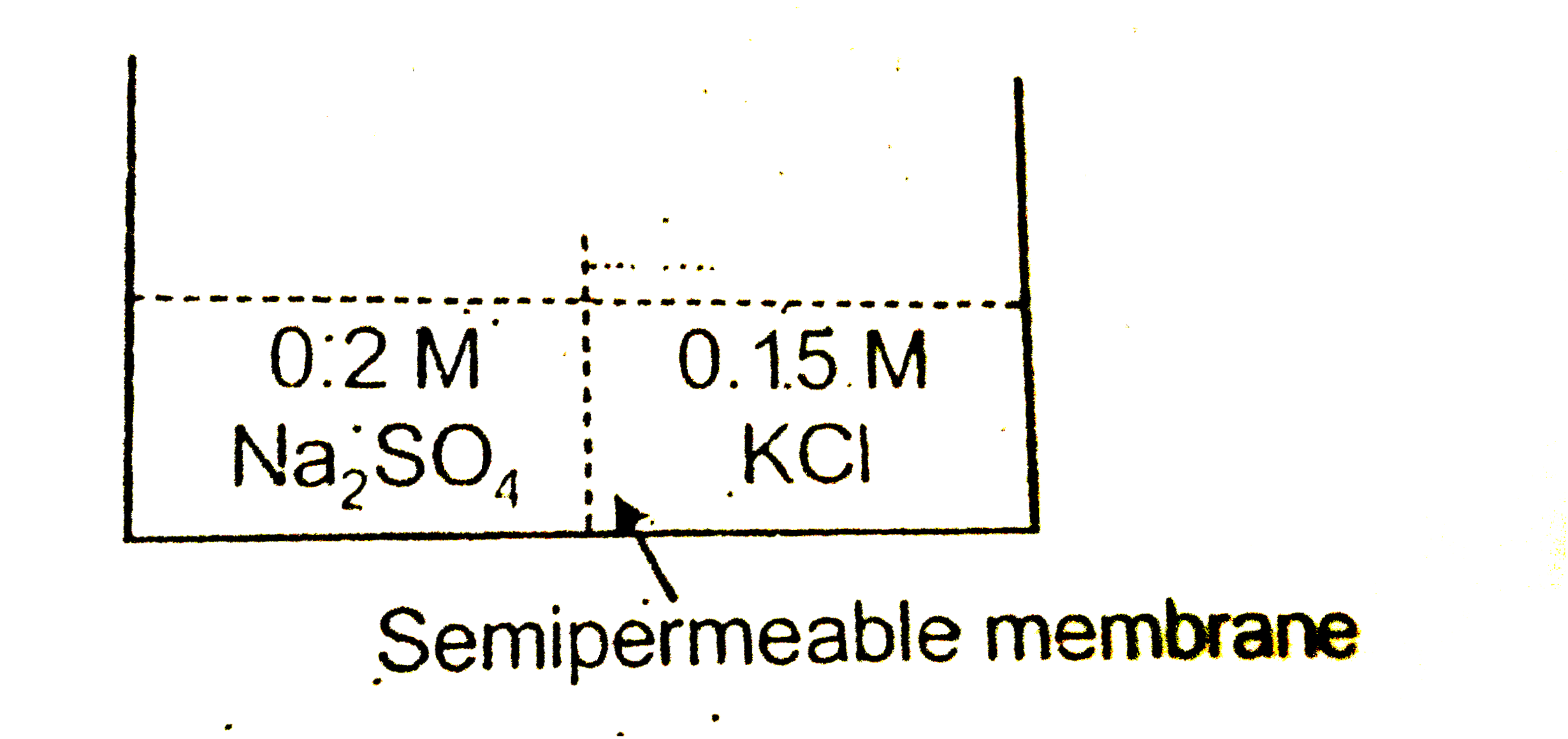The stability of +1 oxidation state in aqueous solution is in the order-
A
l
<
G
a
>
I
n
>
T
l
T
l
>
In
>
G
a
>
A
l
A
l
>
T
l
>
G
a
>
In
T
l
>
A
l
>
G
a
>
In
Al<Ga>In>Tl
Tl>In>Ga>Al
Al>Tl>Ga>In
Tl>Al>Ga>In
The correct Answer is:A
To determine the stability of the +1 oxidation state in aqueous solution for the elements Aluminium (Al), Gallium (Ga), Indium (In), and Thallium (Tl), we can analyze the factors affecting their oxidation states, particularly focusing on the inert pair effect.
1. Understanding the Elements:
- The elements in question are Al, Ga, In, and Tl. They belong to group 13 of the periodic table.
2. Identifying Oxidation States:
- These elements can exhibit +1 and +3 oxidation states. However, the stability of the +1 oxidation state varies among them.
3. Inert Pair Effect:
- The inert pair effect refers to the tendency of the outermost s-electrons (the 'inert pair') to remain unbonded or unshared in heavier elements. This effect becomes more pronounced as we move down the group in the periodic table.
4. Analyzing Each Element:
- Aluminium (Al): Has a +3 oxidation state that is more stable due to the inert pair effect. Thus, it has the least stability for the +1 state.
- Gallium (Ga): Also has a +3 oxidation state, but the +1 state is slightly more stable than Al.
- Indium (In): The +1 oxidation state becomes more stable compared to Ga due to the increased inert pair effect.
- Thallium (Tl): Exhibits the strongest +1 oxidation state stability among these elements due to the significant inert pair effect.
5. Ordering the Stability:
- Based on the analysis, the order of stability for the +1 oxidation state in aqueous solution is:
- Tl > In > Ga > Al
6. Conclusion:
- Therefore, the correct answer is that the stability of the +1 oxidation state in aqueous solution is in the order: Tl > In > Ga > Al.
- The elements in question are Al, Ga, In, and Tl. They belong to group 13 of the periodic table.
- These elements can exhibit +1 and +3 oxidation states. However, the stability of the +1 oxidation state varies among them.
- The inert pair effect refers to the tendency of the outermost s-electrons (the 'inert pair') to remain unbonded or unshared in heavier elements. This effect becomes more pronounced as we move down the group in the periodic table.
- Aluminium (Al): Has a +3 oxidation state that is more stable due to the inert pair effect. Thus, it has the least stability for the +1 state.
- Gallium (Ga): Also has a +3 oxidation state, but the +1 state is slightly more stable than Al.
- Indium (In): The +1 oxidation state becomes more stable compared to Ga due to the increased inert pair effect.
- Thallium (Tl): Exhibits the strongest +1 oxidation state stability among these elements due to the significant inert pair effect.
- Based on the analysis, the order of stability for the +1 oxidation state in aqueous solution is:
- Tl > In > Ga > Al
- Therefore, the correct answer is that the stability of the +1 oxidation state in aqueous solution is in the order: Tl > In > Ga > Al.
Topper's Solved these Questions
- SOME P-BLOCK ELEMENTS BOOK - ICSECHAPTER - SOME P-BLOCK ELEMENTS EXERCISE - TRUE OR FALSE TYPE QUESTION
19 Videos
- SOME P-BLOCK ELEMENTS BOOK - ICSECHAPTER - SOME P-BLOCK ELEMENTS EXERCISE - FILL IN THE BLANKS TYPE QUESTIONS
22 Videos
- SOME P-BLOCK ELEMENTS BOOK - ICSECHAPTER - SOME P-BLOCK ELEMENTS EXERCISE - ESSAY (LONG ANSWER) TYPE QUESTION
36 Videos
- SOME BASIC CONCEPTS OF CHEMISTRY BOOK - ICSECHAPTER - SOME BASIC CONCEPTS OF CHEMISTRY EXERCISE - NCERT TEXT-BOOK EXERCISES (WITH HINGS AND SOLUTIONS)
36 Videos
- STATES OF MATTER : GASES AND LIQUIDSBOOK - ICSECHAPTER - STATES OF MATTER : GASES AND LIQUIDSEXERCISE - NCERT TEXT-BOOK EXERCISES (With Hints and Solutions)
23 Videos
Similar Questions
If T=2π√18, then relative errors in T and l are in the ratio
View SolutionWhat type of graph do you expect between (i) L and T and (ii) L and T^2 ?
View SolutionDiscuss the continuity of the following function : f(x)={1,ifξsrational0,ifξsirrational
View SolutionSwitch is closed at t=0 then the current in the circuit at t=L2R is
_PHY_E06_157_Q01.png)
View SolutionL.P.G is used for …………..
View SolutionCheck the accuracy of the relation T=2π√Lg for a simple pendulum using dimensional analysis.
View SolutionCheck the accuracy of the relation T=√Lg for a simple pendulum using dimensional analysis.
View SolutionConsider the following arrangement and choose the correct options

View SolutionThe physical quanitity the dimensions [M1L2T−3A−1] is
View SolutionThe length of a metal wire is l1 when the tension in it is T1 and is l2 when the tension is T2. The natural length of the wire is
View Solution